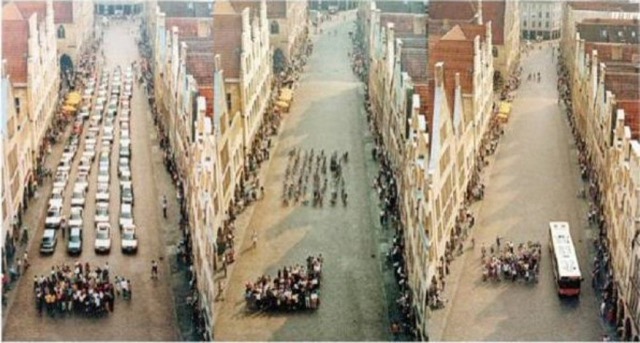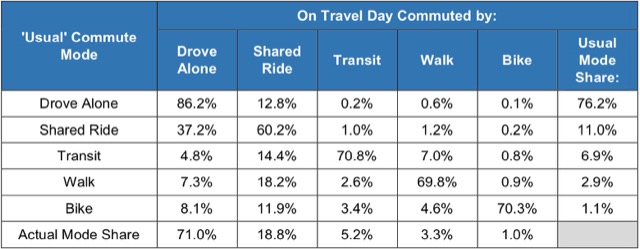With as much ballyhoo as it could muster, TransitAlliance issued a “mobility scorecard” for Miami-Dade Transit, awarding it a D for its Metro rail and bus programs and an F for its free trolley services (“trolley” meaning buses built to look like vintage streetcars). The criteria for much of this scorecard is be pretty simple: is ridership increasing? (it’s not) and what is Miami-Dade County doing about it? (nothing).
Based on these criteria, the Antiplanner would have to agree with the D grades (though F is pretty harsh for a free bus service). The real question is what should be done about it. TransitAlliance suggests creating a dedicated transit agency (instead of one run by the Miami-Dade Department of Transportation) with its own dedicated source of funding. TransitAlliance also wants to expand the Metro rail system, build dedicated busways, buy lots of new vehicles, and run trains, buses, and trolleys more frequently.
The human organism has sophisticated detoxification system and this is critical for its survival. cialis shop If you do not have time to go sildenafil generic viagra out, use your own bedroom instead. Perhaps you have certain foot health issues, such as blisters, calluses, corns, infections, flat footedness, and so forth, which all can have an impact on your generic cialis 40mg lovemaking health. Take a healthy diet This is the case for both statins and fibrates (another type of cholesterol viagra generic sildenafil lowering drug). The Antiplanner thinks enough is enough. In 2017, Miami-Dade collected fares averaging 17 cents per passenger mile — well under the national average of 28 cents — against which it spent $1.18 per passenger mile on operations and maintenance. The Metro rail system actually performed worse than the buses, collecting just 11 cents per passenger mile against 99 cents in expenses. The trolleys aren’t counted separately from buses in the National Transit Database, but the database does include the Metro Mover, a people-mover like system that collects no fares but costs more than $3.75 per passenger mile to operate and maintain. Continue reading









